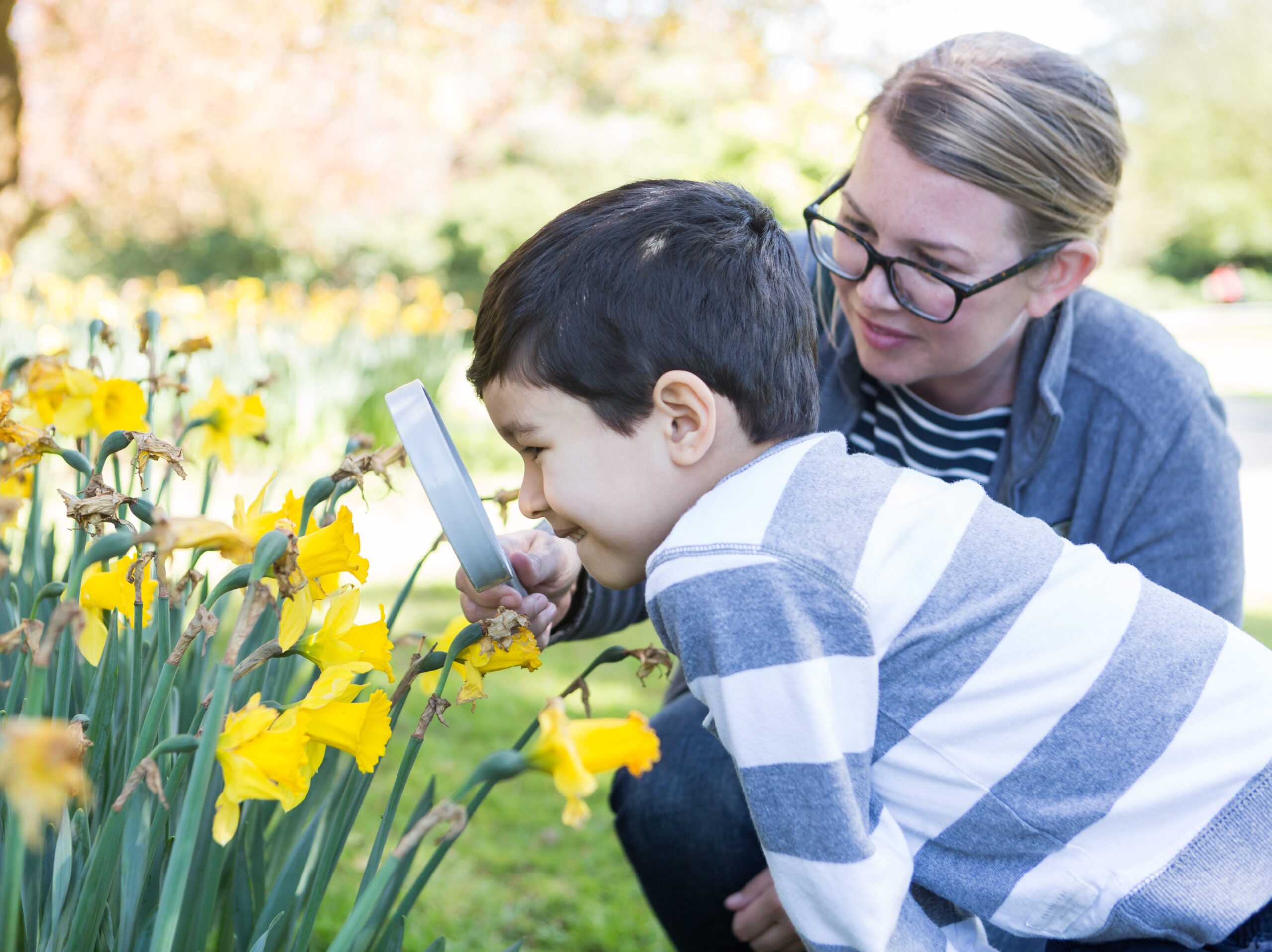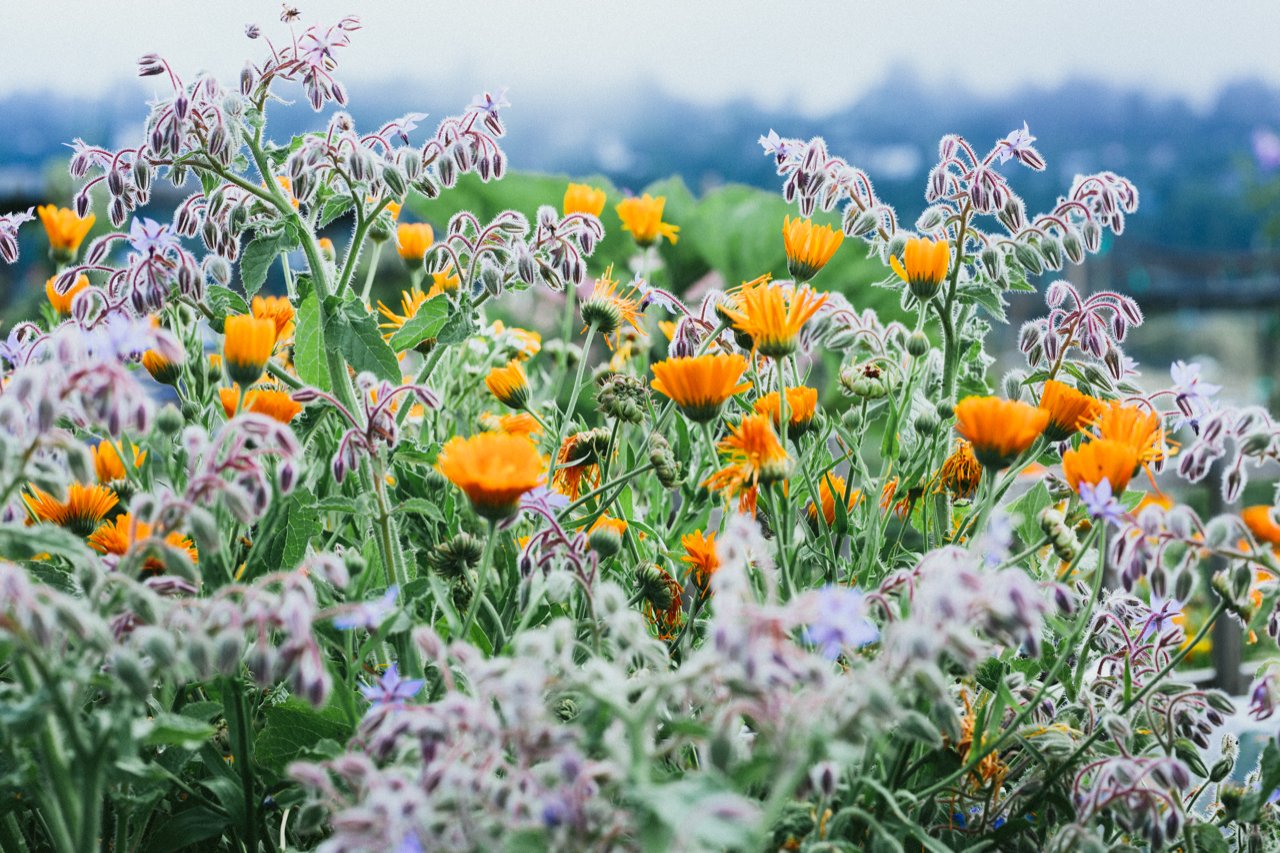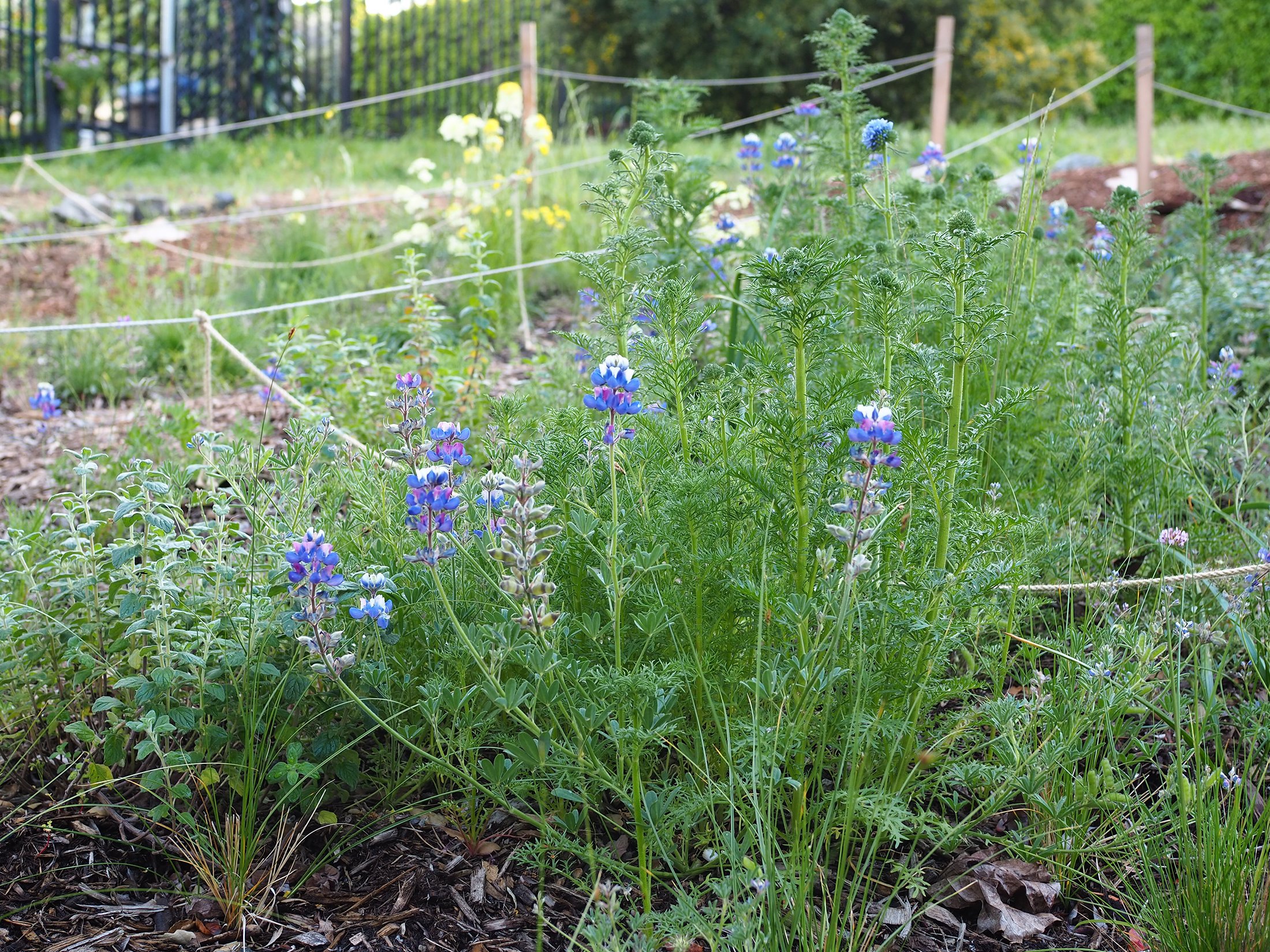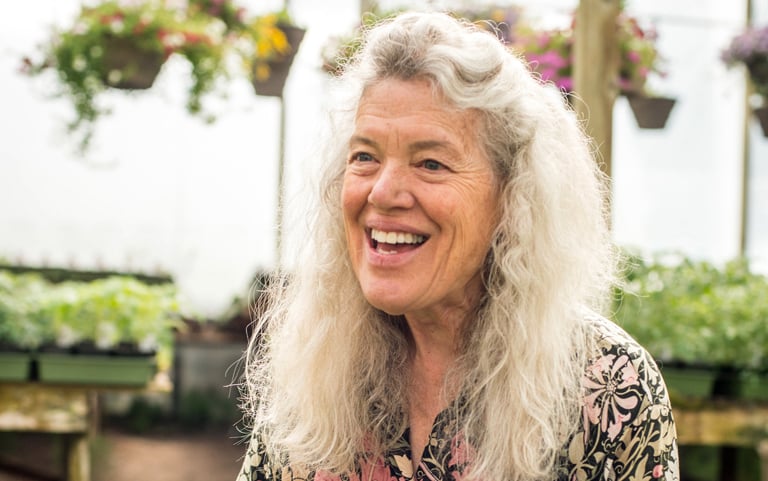

Contributor
- Topics: Archive

Hot enough for you? Even in the oh-so-temperate PNW we usually have a least one heat spell that brings us all to a simmering, sweaty, whining mess. Most of our homes are not built to withstand a sudden spike in temperature and the resulting overheated rooms and sticky nights turn us all cranky—quickly. The garden is a wonderful place to escape the heat, and fresh fruits and vegetables at ripe perfection are the basis of countless seasonal meals freeing you from sweltering kitchen duty. Besides, this is the elusive heat we’ve worked so hard to harness the other months of the growing season. Maximize production with attentive harvesting and enjoy the abundance—cool weather and rain are right around the corner.
An edible garden seduces us with color, flavor, and fragrance; our cue to employ all five of our senses when it comes to recognizing ripeness. With great anticipation, we bite into the first tomato that blushes red only to find tasteless fruit with a mealy texture. We might as well be growing anonymous grocery store produce— hardly our intent. A few weeks later as we watch red deepen to crimson, scarlet, and even a burnished mahogany we are reminded of what a garden tomato is capable of delivering both in rich color as well as its spicy aroma and satisfying flavor.
Fruits and vegetables picked in prime condition and at the right time taste better and store longer. Learning to read these signs takes practice, and yes, disappointments are inevitable but instructive. Keep your garden journal handy. Specific harvesting details for individual crops are listed in the “Edibles A to Z” section, but here are some overall tips for hitting your garden’s harvesting sweet spot.

Look. Harvesting is not a one-size-fits-all proposition and bigger is not always better. Some crops (baby greens, beets, carrots, and parsnips, for example) are especially tender and sweet when young. New potatoes, tiny artichokes, and slender beans preface their later harvest with an early-season, moment-in-time taste. Berries, tree fruit, corn, melon, winter squash, and pumpkins need to size up to fully develop their flavor and maximize yield. Left to mature for too long, cucumbers, summer squash, and eggplant form overdeveloped and bitter seeds; cabbages split; broccoli, asparagus, and most greens flower and go to seed; and beets become as woody as the fence (and about as hard to cut with a kitchen knife).
Tomatoes, peppers, pumpkins, and most fruits signal ripeness with color. But don’t overlook secondary crops that offer an additional backyard yield. Perhaps not coincidentally, these vegetables often have “green” in their name, as in green peppers, green onion, green tomatoes, and green garlic.

Touch. Tomatoes, winter squash, pumpkins, eggplant, and melons have a heft to their ripeness and feel heavy for their size. Use the gentle pressure of your fingers to test for tenderness in the snap of a stalk of asparagus or the give of ripe fruit. At the other end of the spectrum, winter squash stores longer when the rind is hard enough that it resists the dent of your fingernail; a head of cabbage is ready when a firm squeeze reveals a solid core.

Smell, taste, and listen. Vision and touch are the heavy hitters when determining ripeness but our remaining senses allow us to finesse and perfect flavor and satisfaction. Keep your sense of smell alert when walking around the garden. Melons, berries, herbs, and most fruits release a heady perfume when ripe that’s difficult to test once they have been chilled. Only by tasting do we learn when sour turns to sweet, bland becomes flavorful, and crunchy melts into luscious readiness. Pop a plump pea in your mouth to gauge its sweetness, and graze on young kale to discover its less pungent side. Sound also plays a subtle but essential role: the rustle of dry foliage on mature bulbing onions, shallots, and garlic; the rattle of fully dried peas and beans in their pods; or the hollow thump of a ripe melon. Or maybe it’s the alarm chasing noisy crows away from the ripening figs.
 [sidebar]Taken from The Timber Press Guide to Vegetable Gardening in the Pacific Northwest© Copyright 2013 by Lorene Edwards Forkner. Published by Timber Press, Portland, OR. Used by permission of the publisher. All rights reserved.[/sidebar]
[sidebar]Taken from The Timber Press Guide to Vegetable Gardening in the Pacific Northwest© Copyright 2013 by Lorene Edwards Forkner. Published by Timber Press, Portland, OR. Used by permission of the publisher. All rights reserved.[/sidebar]
Share:
Social Media
Garden Futurist Podcast
Most Popular
Videos
Topics
Related Posts

January Showers Bring February flowers…
Fall 2022 It may not quite have the same ring to it as the old English proverb, but it has a lot more truth to

Healing Gardens
Spring 2022 Emily Murphy believes gardens hold the key to saving our health, our communities, and our planet. In her new book Grow Now Murphy

Your Keystone Plant Matrix with Garden Futurist Doug Tallamy
Spring 2022 Listen to the full Garden Futurist: Episode XIV podcast here. If you take Keystone plants out of your local food web, the food

A Botanical Force
Listening to Alice Doyle recount the origin stories of Log House Plants’ most popular introductions, educational campaigns, and innovative collections is a great way to










Responses